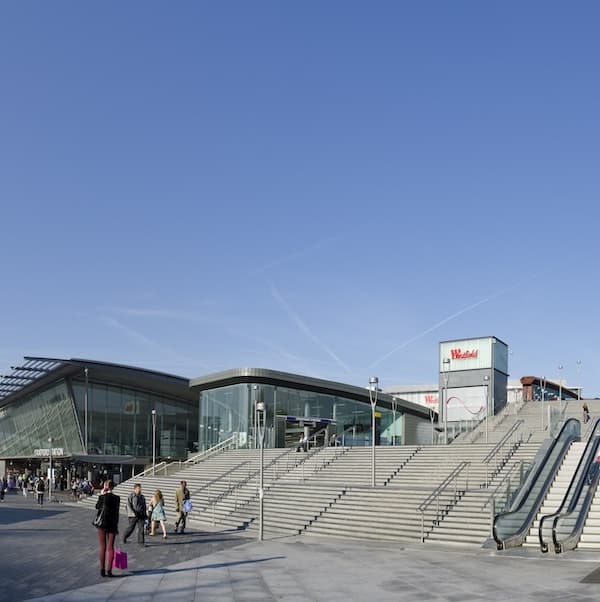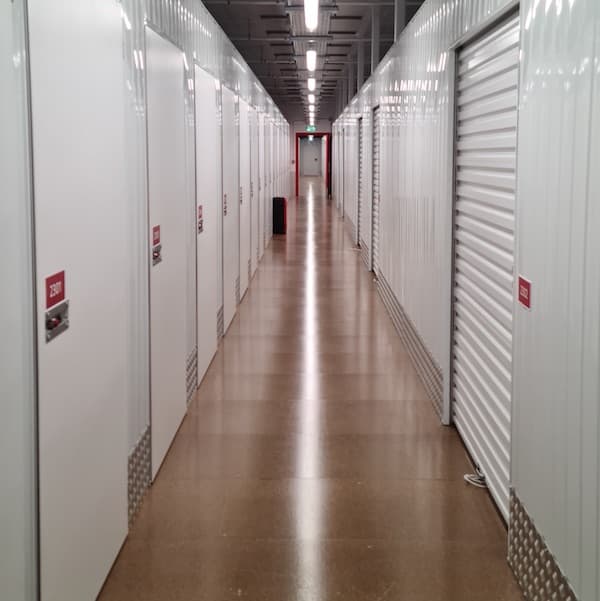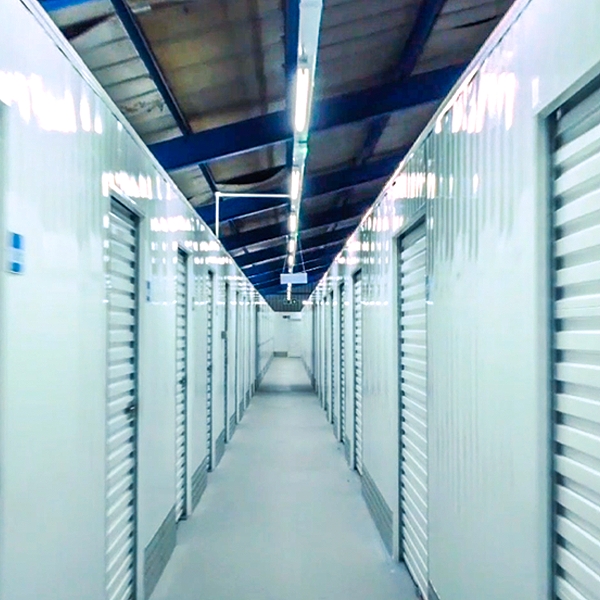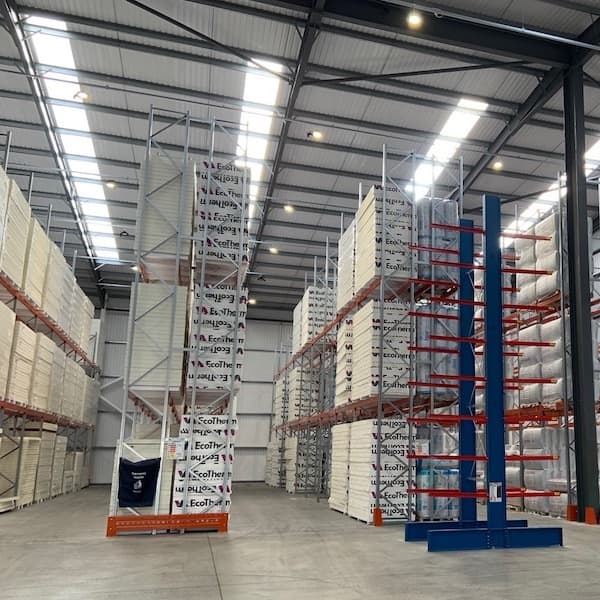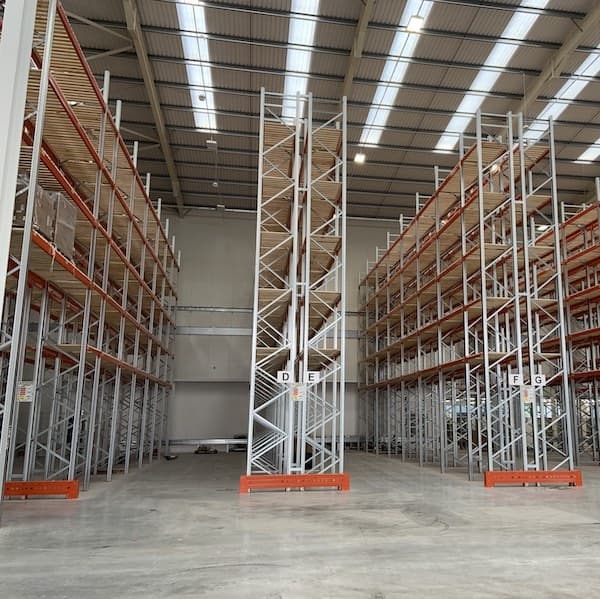- Mezzanine Floors
- Solutions
- Multi-Tier Mezzanines
- Mezzanine Pallet Safety Gates
- Mezzanine Staircases
- Mezzanine Handrails and Balustrades
- Mezzanine Decking
- Fire Protection for Mezzanine Floors
- Mezzanine Lift Shaft Design and Installation
- Resources
- Mezzanine Floor Calculator
- Mezzanine Floor Regulations and Building Control
- Self-Storage Mezzanine Floors
- Self-Storage Units
- Resources
- Self-Storage Site Selection Information
- Calculating The ROI of Self-Storage Conversions
- Planning for Automation in Self Storage
- Racking & Shelving
- Services
- Racking Design
- Racking Manufacture
- Racking Installation
- Racking Inspections
- Retail Racking And Shelving Systems
- Solutions
- Cantilever Racking
- Pallet Racking
- Coil Racking
- Longspan Shelving
- Tyre Racking
- Kimer Racking
- Live Storage Racking
- Drive In & Drive Through Racking
- Clip Shelving
- Mobile Shelving
- Custom Fabrications
- About Us
- USS Case Studies
- Self-Storage Fit-out For Raked Ceiling Building
- Mezzanine And Staircases For Entertainment Venue
- New Mezzanine And Staircases For Major Retailer
- Mezzanine Pallet Safety Gate
- Self-Storage Fit-Out Project For Brand New Facility
- Warehouse Racking, Wire Mesh & Shelving for New Warehouse
- Self-Storage Partition System & Components Installation
- Self-Storage Store Mezzanine And Staircases
- Multi-Tier Mezzanine For Logistics & Distribution Facility
- Warehouse Plant Platform
- Self-Storage Facility Space Expansion
- Mezzanine Floor For Distribution Warehouse
- Bespoke Feature Staircase & Mezzanine
- Single Level, Multi-Use Mezzanine
- Mezzanine For A New Building
- Mezzanine Floor For Plumbing Supplies Warehouse
- New Racking System and Mezzanine Floor
- Car Park Conversion To Self Storage Facility
- Pallet Racking and Cantilever Racking For Warehouse
- Two Mezzanine Floors For Self-Storage Facility In Birmingham
- Our Accreditations
- Contact Us
- USS Case Studies
- By 2023, 75% of the top 500 manufacturers will have mitigated talent shortages in the supply chain by using digital assistants.
- By 2019, 25% of manufacturers will have doubled their investment in distribution automation
- By 2020, real-time order visibility will have become the norm for consumers
The Latest Blogs From USS
What We’ve Learned - Lessons For Warehousing and the Supply Chain
read
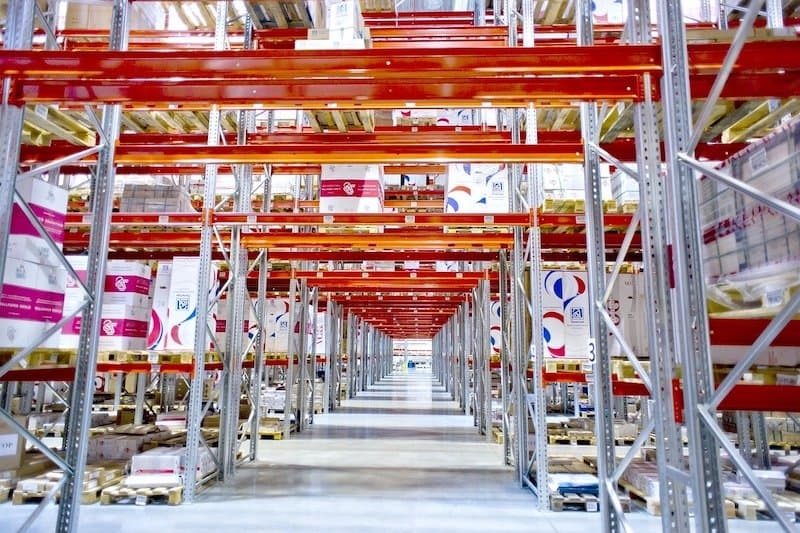
In July 2019, the government published a report – ‘How has the UK Warehousing sector been affected by the fissuring of the worker-employer relationship in the last ten years?’ – which examined the state of the warehousing sector in the UK. The report gave particular reference to the relationship between workers and employers across the industry.
The fact the report was published pre-pandemic may give rise to a temptation to dismiss many of the concerns it deals with as having been overtaken by recent events. However, in the UK, issues caused by Brexit, particularly the recruitment problems caused by restrictions on freedom of movement, seem set to loom over the warehousing and supply chain industry long after the pandemic becomes a distant memory.
Warehousing Units Up by Almost a Third Since 2015
In the period leading up to the publishing of the report, significant growth had been seen in the sector, much of it fuelled by ‘changes in demographics and consumer habits and a rise in online shopping.’ The pandemic accelerated and cemented this growth, and the demand for more warehouse space is apparent. According to a report published by property company Savills, entitled ‘The size and make-up of the UK warehousing sector – 2021’, the sector, as a whole, has grown substantially since 2015, with the number of warehousing units rising by 32% and the demand for larger units of more than 1million sq. ft. leaping up by 242%. The extra demand has been accompanied by a shift in the profile of the businesses occupying warehouses in the UK. In 2015, high street retailers were the leading occupiers of warehouses, whereas now that position is occupied by third-party logistics providers and online retailers. The number of online retailers occupying more warehouse space in 2021 than in 2015 had risen by a staggering 614%. One figure quoted in the report – taken from third party research – illustrates in the starkest terms the clear link between the move to online retail and the corresponding demand on supply chains and the warehouse sector. Every extra £1 billion spent online needs a further 775,000 sq. ft. of warehouse space. To put this number into perspective, figures published by the ONS state that between 2016 and 2019, the value of e-commerce sales in the UK rose from £508.8 billion to £693 billion. This rise is a jump of £195 billion, which took place even before the accelerant of the COVID-19 pandemic came into play.
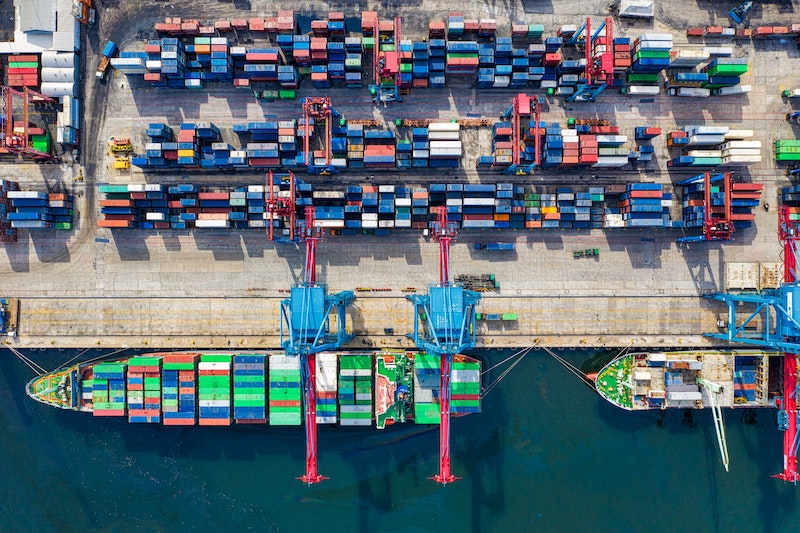
Looking back at some of the supply chain industry predictions in 2019, it seems clear that many of the trends now coming to the fore were already in place, even if somewhat embryonic. Amongst a set of predictions published in Industry Week in January 2019, for example, were the following:
The Race is on to Install the Tech that's Powering Up Supply Chains
It isn’t easy to track figures that cover periods as recent as the past 12 months or so. Still, the degree to which traceability and next- or even same-day delivery is becoming a standard customer expectation means many online retailers have already installed the tech to fulfil this need, or they are making it their mission to do so. It confirms the rise in the use of technology to power up supply chains. It’s also another example of a disruptive technology creating an expectation which then ‘leaks’ across to other sectors. The taxi hire industry is an example, where Uber recognised an expectation in customers to track the location and progress of their taxis in real-time; they no longer had to phone a switchboard to ask why it hadn’t turned up. Similarly, online retail customers now expect the same degree of transparency as their goods make their way to them.
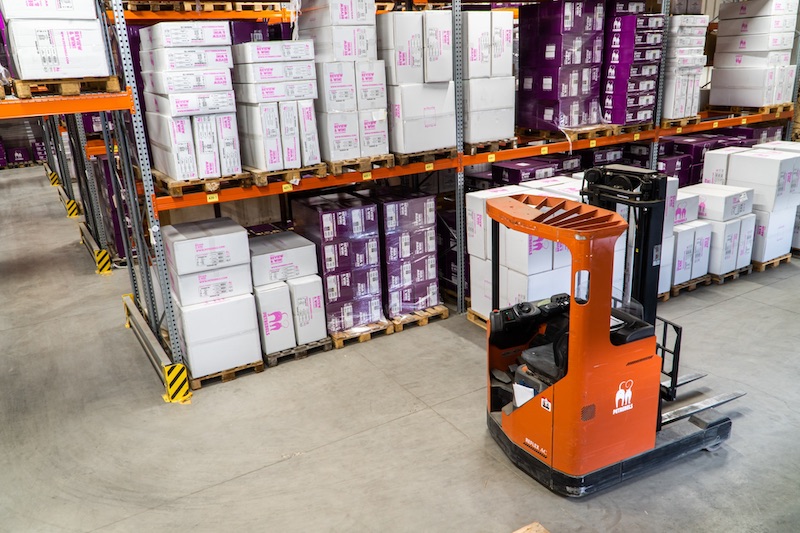
The importance of the supply chain, underlined by the disruption which took place around the world through 2020 and still unfolding within Brexit-impacted UK, was thrown into sharp relief in February 2021. President Biden signed an Executive Order to undertake a 100-day review of supply chains in the US and kick-start a strategy development process. This Order aimed to unearth the problems besetting the country’s supply chain and deal with them. There is no overarching review in the UK, but the supply chain’s difficulties are illustrated in some of the gaps on supermarket shelves.
From the warehousing sector’s point of view in the UK and the supporting infrastructure, the differences between predictions made in 2019 and the reality facing us in 2021 and beyond are almost moot. The general truth of the matter is that changes emerging – or had occurred – back in 2019 have become firmly entrenched or even accelerated in the years since.
Flexibility Coupled with Speed of Thought and Action
The response of the warehousing sector will need to be one of flexibility coupled with the speed of thought and action. Modular warehouse racking solutions will come into their own for both third-party logistics providers and online retailers who find that their warehousing requirements are quickly transforming from storage to fulfilment - while also coping with consumer demands for instant/next day delivery. Not only this, on the back of flexible payment systems like Klarna, they’ll see a ramping up of the number of returns that need to be processed.
Within this retail environment, the right choice of racking solution will be critical. As more businesses transition to highly automated systems they'll be looking not only to store items for prolonged periods but they'll also be wanting to shift stock in and out at speed. Flexibility will be key.
If the experiences of the last couple of years have taught us one thing, guessing what direction demand will take and how fast that shift can occur is an incredibly tricky process - even for the short term. Automation will, for example, become increasingly important. Still, whether this takes the form of robotic systems moving around the warehouses (as is the case in the larger Amazon fulfilment centres), procedures for dealing with orders and logistics or a combination of the two will vary from warehouse to warehouse. Ultimately, creating systems capable of keeping pace with changes in demand and technology lies with the people responsible for designing, building and fitting out those warehouses.
This blog is for information purposes only and should not be construed as legal or financial advice and not intended to be substituted as legal or financial advice.
Find Us
S & L United Storage Systems Ltd
United House, The Street
Takeley, Bishop's Stortford
Hertfordshire, CM22 6QR
Company No. 1313816
VAT No. 291616253Say Hello
01279 871 787Copyright © 2025 S & L United Storage Systems Ltd. All rights reserved.
- About Us

